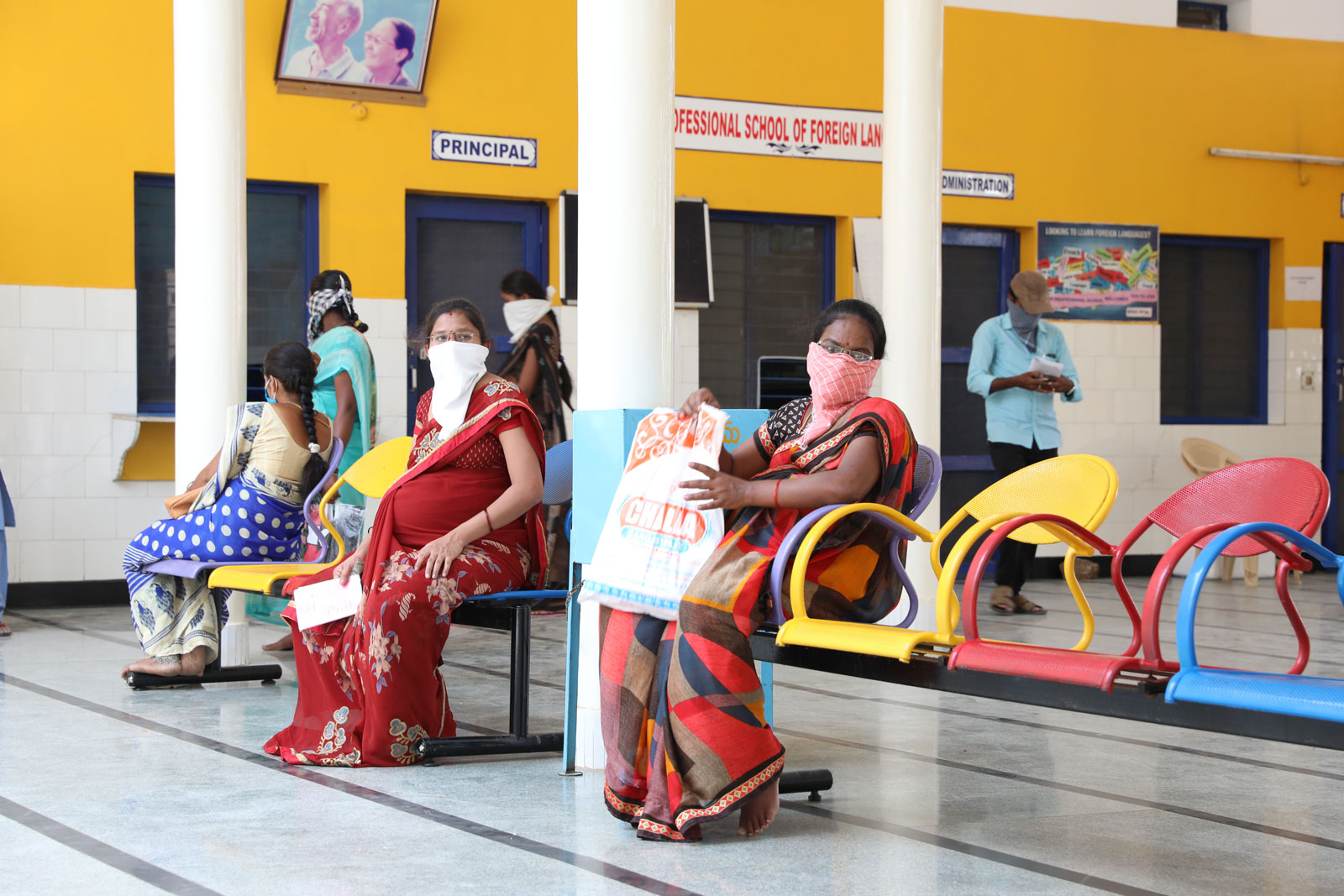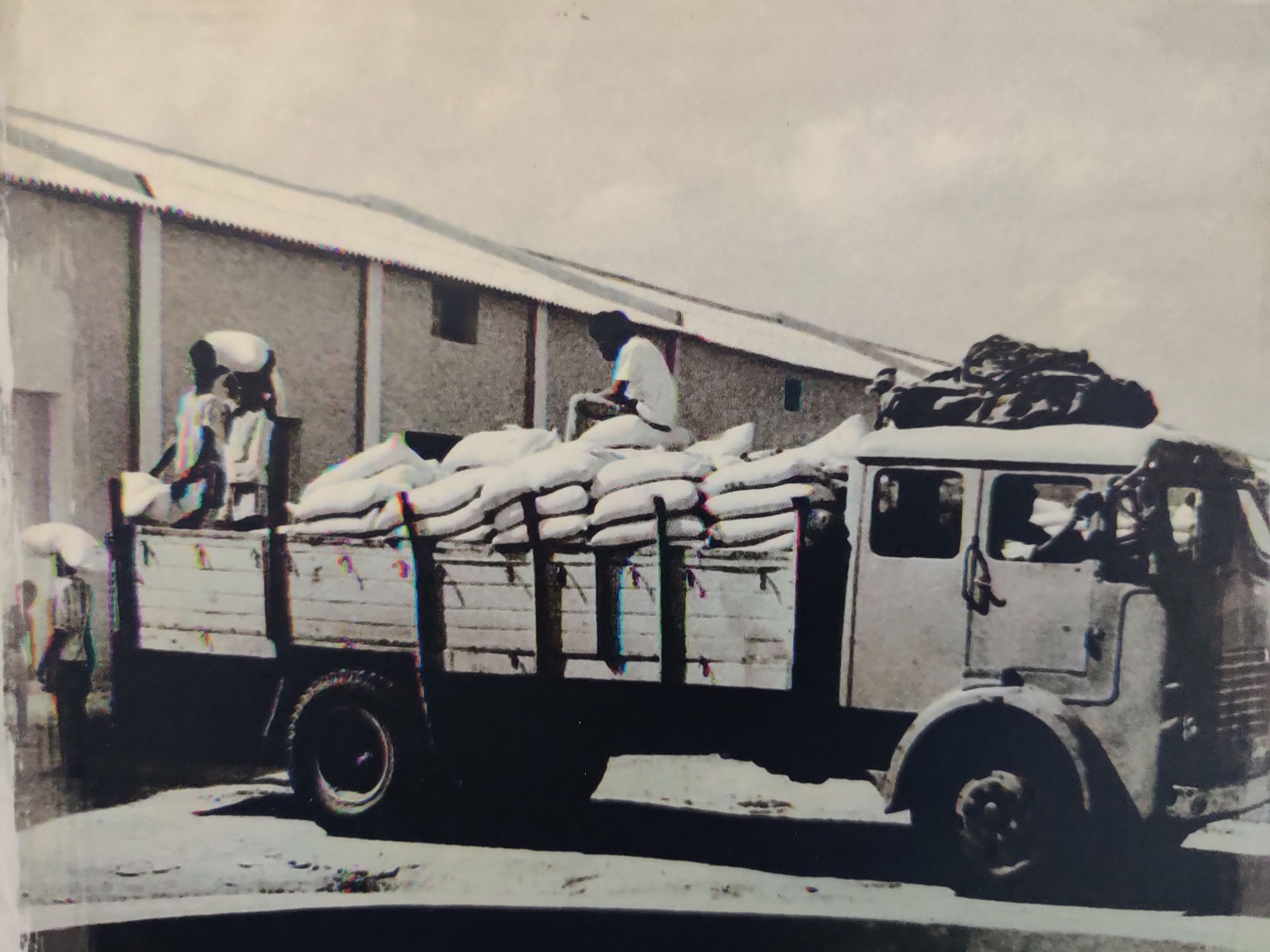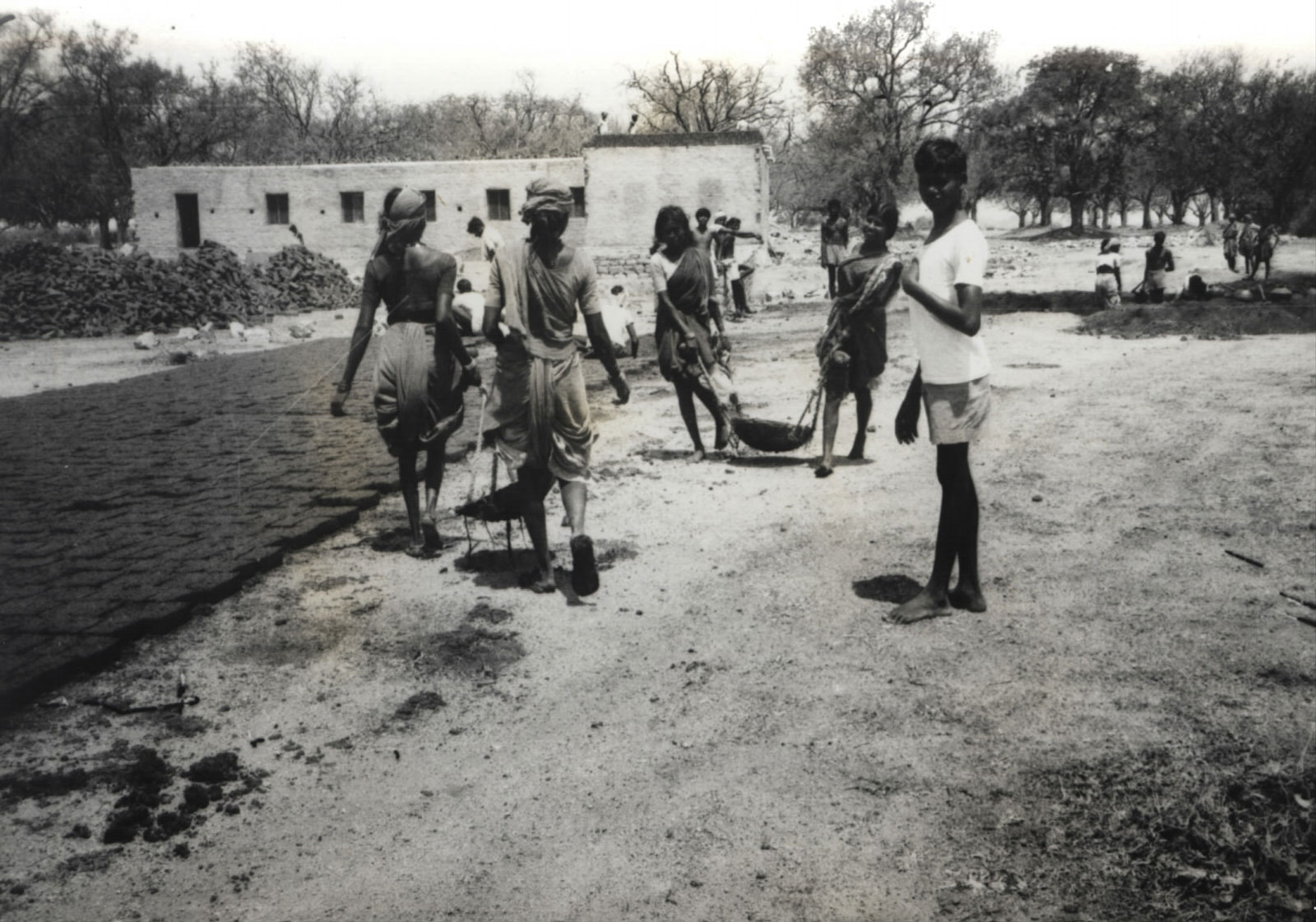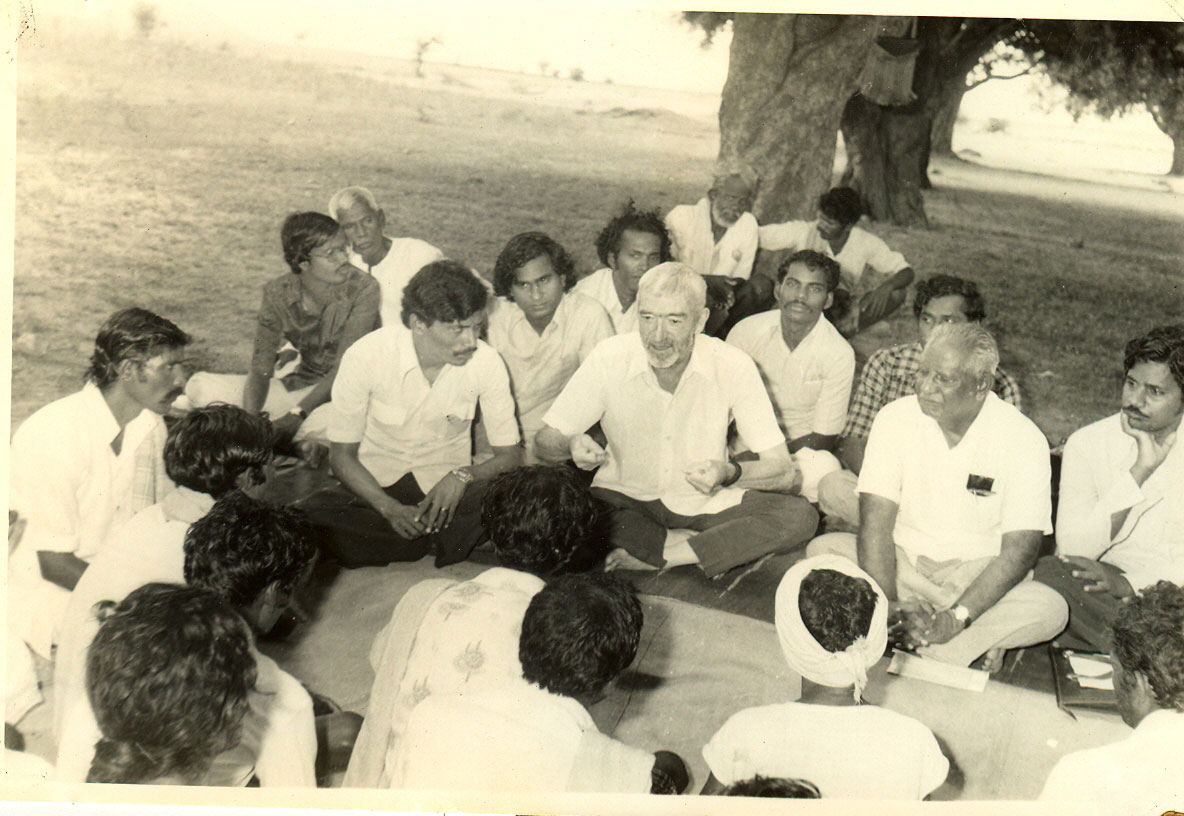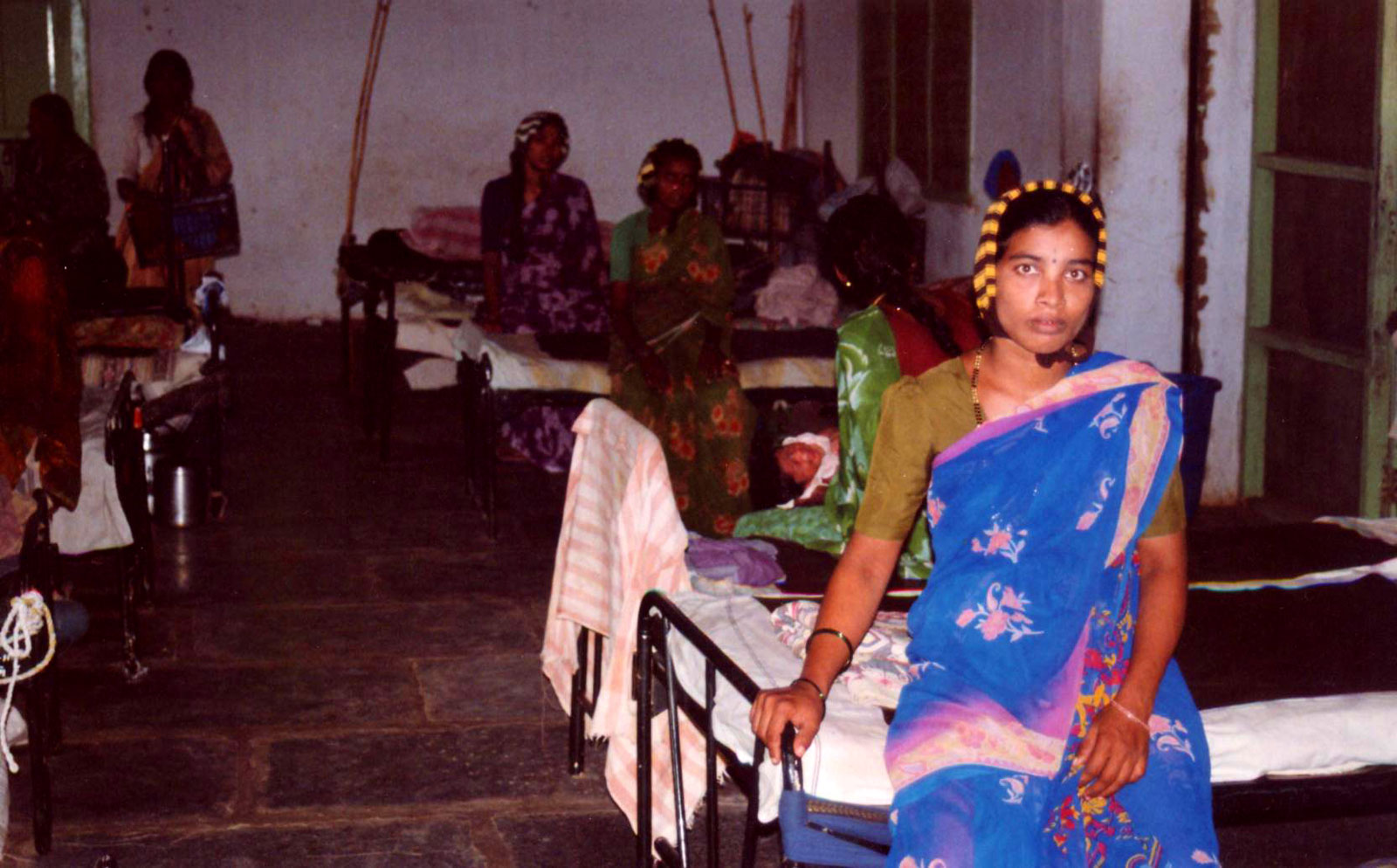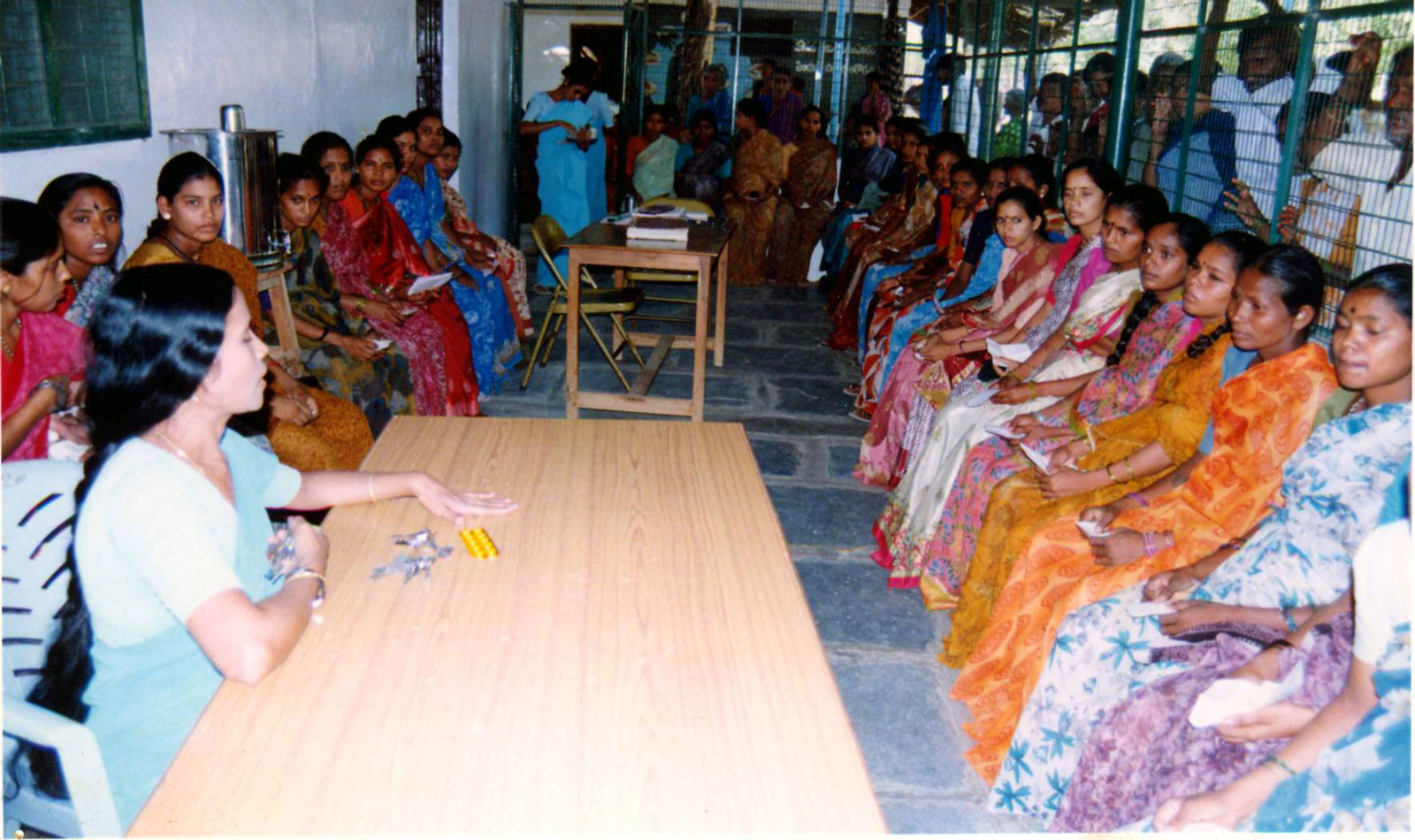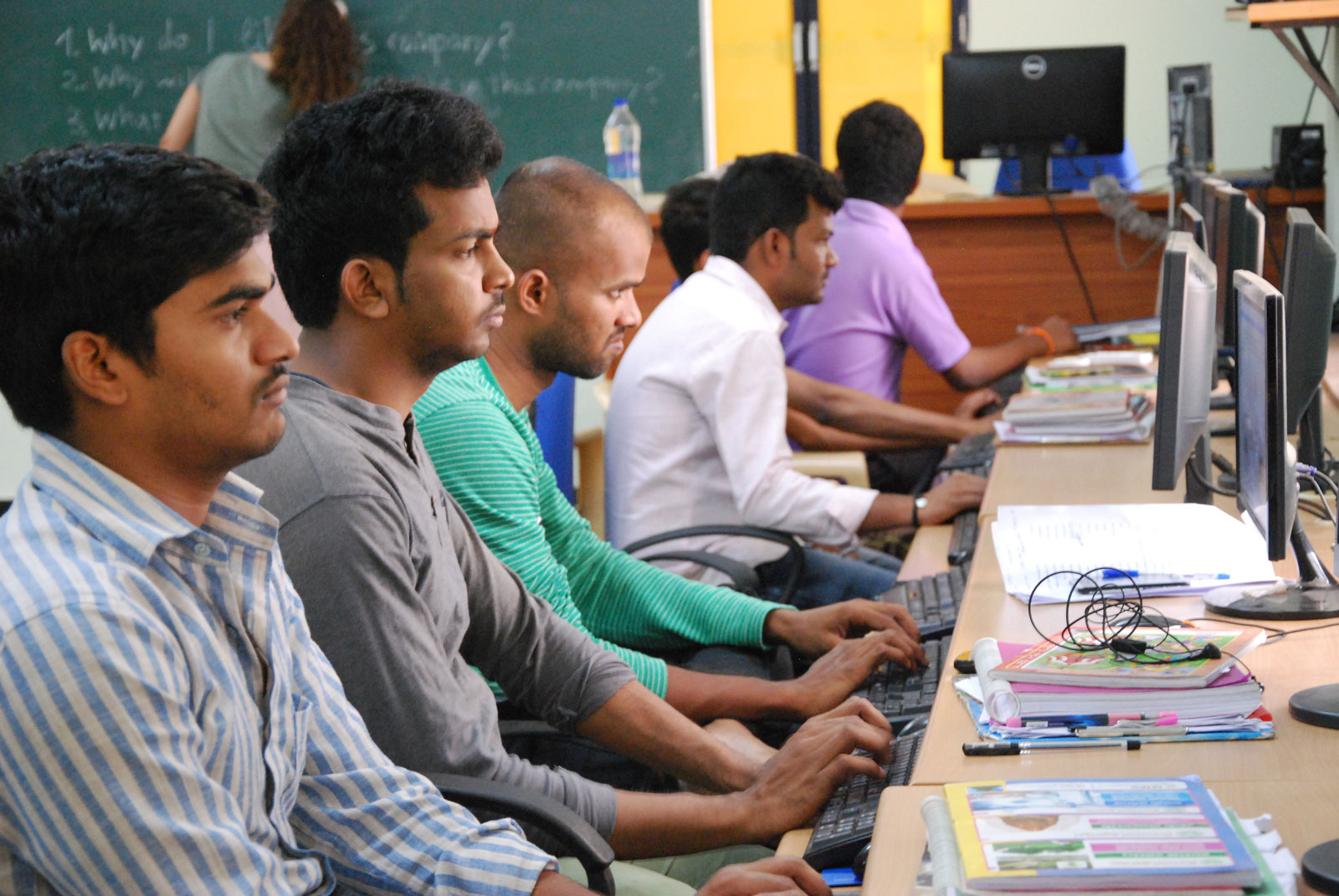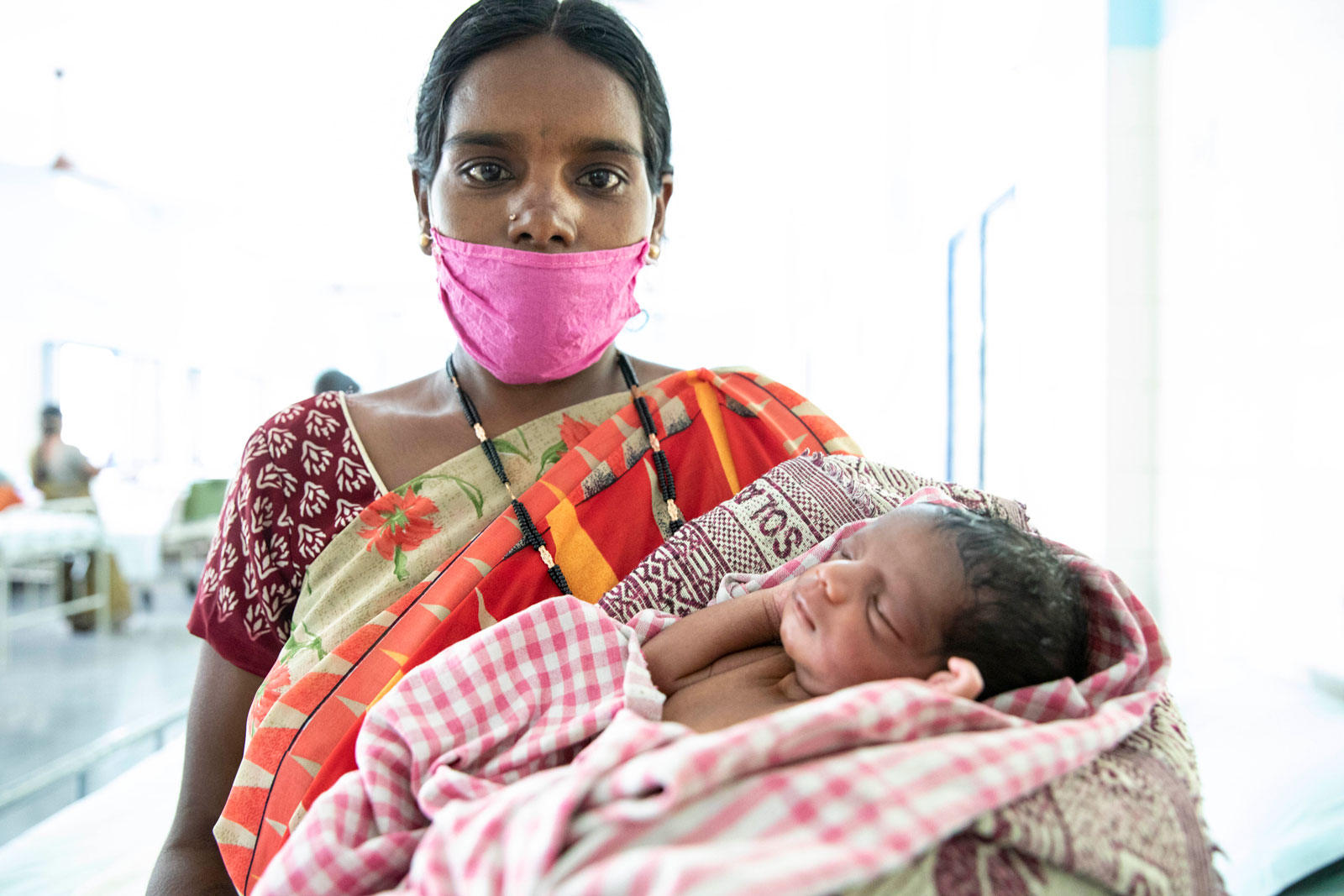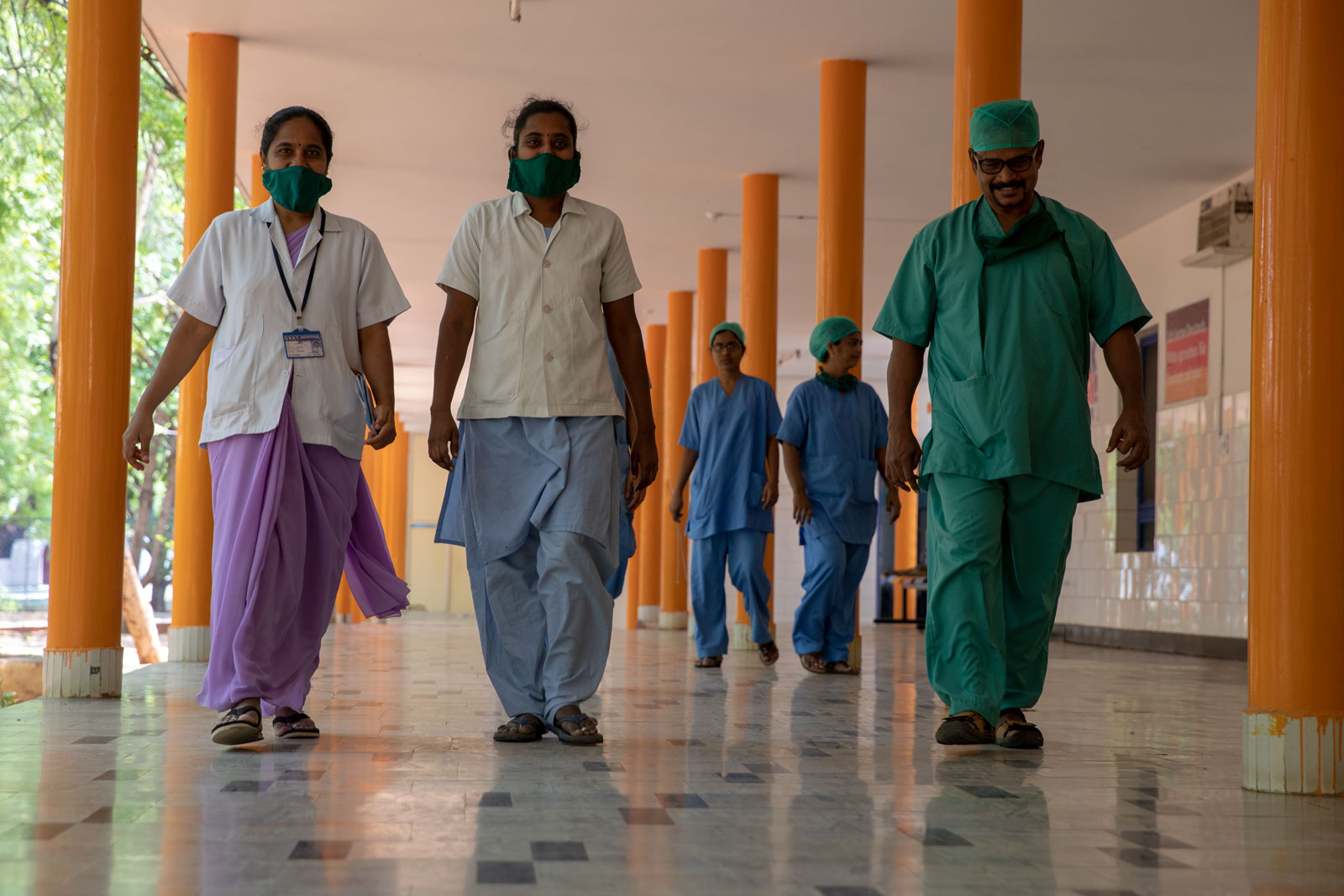Home > Blogs
Withstanding the Test of Time: a Place that Reinvents itself to Tackle Adversity
When the Rural Development Trust (RDT)’s Bathalapalli Hospital was appointed as a COVID-19 Center, it needed to prepare the facilities for this new challenge while ensuring the safety of the other patients. For this reason, it was decided that one of its main departments, Obstetrics, where an average of 20 deliveries are performed on a daily basis, would be transferred to another location: the RDT 2nd Campus in Anantapur.
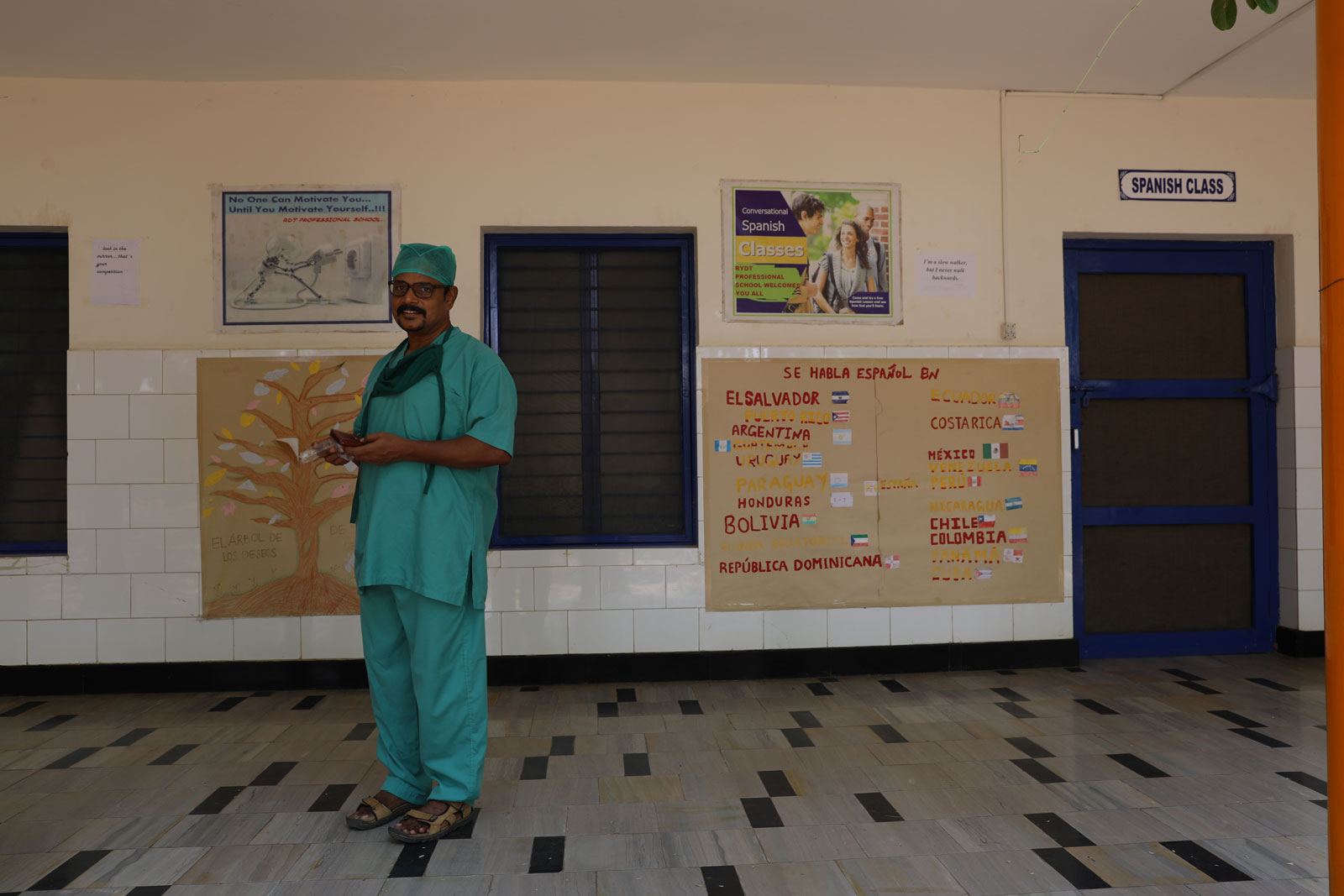
Dr. Khanan stands in front of the RDT 2nd Campus Spanish Class. Photo by Aina Valldaura/RDT.
“Can we say to a woman who is about to give birth to wait for 15 days until the lockdown is over? Definitely not. Despite COVID-19, despite the fear and the uncertainty of these days, life must go on.” These are the assertive words of Sister Theresa, who has been working in the RDT 2nd campus for more than 20 years.
“Since the very first minute, our priority has been our patients’ wellbeing, and we wanted to ensure their access to quality health care,” explains Dr. Jyothi, Head of the Obstetrics Department, while organizing the transport of dozens of beds and basic tools from Bathalapalli Hospital to this new, temporary location.
Photo by Aina Valldaura/RDT
However, this is not the first time that this campus has completely transformed itself to respond to the needs of the moment. “Built in 1971, this complex, located less than two km from the RDT headquarters, reflects the versatility, capability and capacity of this organization to react to any circumstance. This building embodies the phases that this country has been through,” points out Ms. Anne Ferrer, RDT Executive Director.
From one-to-one to one for many
This campus, also known as The Godown, was originally built as a complex to store grain, milk powder, wheat and oil from American donors. “At that time India did not have the capacity to produce enough food for its entire population. We were dependent on imports. Hunger and food insecurity were very high, especially in this area”, explains Malla Reddy, one of the managers of the programs at that time.
Unloading grains from a truck in the RDT 2nd campus in the 70’s. Photo by RDT.
The grains stored in this complex were then used to run two projects of vital importance: Nutrition centers for pregnant women, mothers and children and the Food for Work program.
The goal of more than 50 nutrition centers set up in the area was to improve the precarious situation of women and children, as many were suffering from severe malnutrition. At that time the infant mortality rate in India was at about 141 deaths per 1,000 live births while a few studies point out that the estimated maternal mortality rate was over 800 deaths per 100,000 live births.
The Food for Work program came from Vicente Ferrer’s previous experience in Maharashtra and its goal was to generate employment for the poorest and to improve their assets in order to make the families self-sufficient, self-reliant and free from bonded labor practices.
Food for Work program participants. Photo by RDT
Open well dug through the Food for Work program. Photo by RDT.
“We used to pay the farmers the cost of digging the wells. There was very little flow of money at that time, it was an agricultural economy of subsistence,” remembers Malla Reddy. “Back in the 70’s bonded labor practices were still very common, the crops and thus the survival of many was totally dependent on the weather and a year of drought could lead many to famine.”
More than 10,000 farmers directly benefited from this Food for Work program, thousands of open wells were dug, 250 houses were built and many youths made their way in life through this program.
With the new decade, the eighties, the winds of change were sweeping the country as the Green Revolution was at its peak. In 1976, as the country transitioned, the organization also made a transition of its own: from working with individuals to organizing the communities. “We realized that it was not enough to give benefits to the poor as the inequalities were still widespread and they were not able to maintain themselves. They needed to organize themselves, and more importantly, liberate themselves from what they considered their fate.”
At that time, the organization had little economic support but its knowledge – what used to be called social input and awareness, became its strength. “We had nothing to give except ourselves and our knowledge to provoke their thinking,” remembers Reddy.
It was at that moment when RDT started to work in over 200 villages in Anantapur district, a journey that it is still continuing in over 3,700 villages where the organization is currently working. “The liberation started back then, especially among the youth. We planted a seed that we are seeing blossoming today.”
New times, new challenges
With all the efforts concentrated at the community level, the godowns slowly faded to the background as a symbol of another time, but not for long. The new times brought new challenges. In the 80´s, Family Planning Programs were the flagship of the Indian Government, and so it was in Anantapur district as well.
On June 26th 1988 the godowns were transformed into a Family Planning Center as per the District Collector’s request. “At that time people used to run away from family planning. They told us: Children are our security. Families used to have 10 to 11 children and send them to work as soon as they could,” explains Sister Theresa at the frontline of this center, who herself was the 7th of 11 siblings.
Getting nurses, doctors and qualified staff was very difficult so she found herself doing all the roles that were needed. “I was born in Kerala, I did not speak Telugu, but I learnt the language of love. The patients were my life and they respected me for that,” she recollects fondly.
For many years the Center was functioning in the old godowns, and it was not until 2002 that the building was renovated and the facilities improved.
With the arrival of the 2000’s came a change in the attitude of the people towards family planning. They were having fewer children and realized the social, economic and health benefits of having smaller families. On the 16th of July 2018 the last laparoscopy was performed. During its 30 years of history, more than 100,000 tubectomies were conducted and Theresa still remembers the story of many of them.
But as this project was reaching its end, another was just starting to bloom. In August 2012, the Professional School of Foreign Languages opened its doors in the same building. In this residential one-year course, young graduates from poor backgrounds learn soft skills, and receive English and foreign language training to improve their employable skills, as a method of tackling youth unemployment, which is over 20% in the country.
The center was once again used to disseminate and share knowledge and improve the employability of rural youth. Yet one crucial difference was that the students were neither illiterate nor drop-out students, but university graduates. They are the sons and daughters of those farmers who strongly believe in what one day was promised to them: Education will make you free.
From the virus of poverty to the coronavirus
On March 18th 2020, the Andhra Pradesh Government announced the closure of all educational and residential institutions to contain the spread of COVID-19 and a national lockdown was declared a few days later. The Professional School of Foreign Languages had to close and the students went back to their villages, for at least a few weeks. The building was empty again but not for long, as it was upon called to play a very important role.
As this article was being written, dozens of nurses, doctors and support staff from the Bathalapalli Obstetrics Department have already moved to its new location where over 20 institutional births were carried out. The baby of Renuka, weighing 2,6kg, was among the first. The baby was born without complications and by now the mother and her baby are both healthy and safe.
Renukha and her baby. Photo by Aina Valldaura. RDT
“I cannot but to be enormously proud of this organization and of the courage and capabilities of its people,” expressed Anne Ferrer. “We have been working for the eradication of poverty for the last 50 years, and nothing will stop us from achieving this. It does not matter if it is the virus of hunger or the coronavirus, RDT will be at the frontline ready to act and help. It is in our DNA.”
Text: Aina Valldaura, adapted by Vicente Ferrer Foundation USA
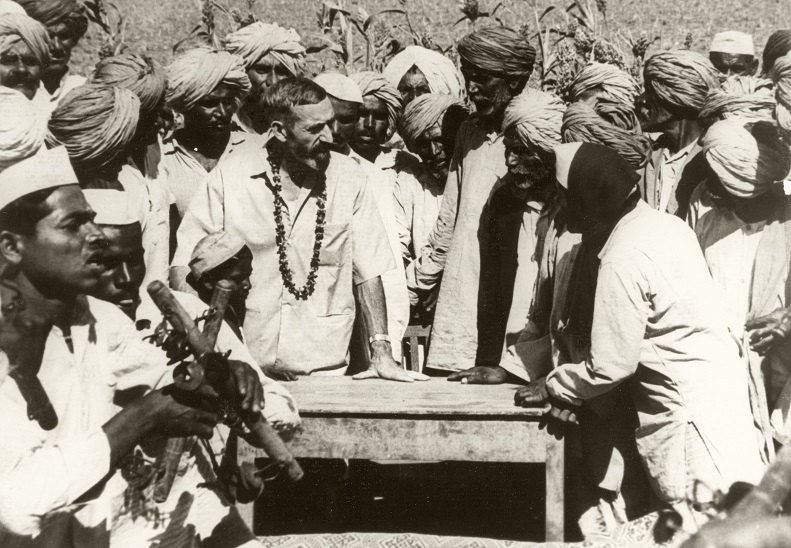
Commemorating 55 Years of the Rural Development Trust (RDT)
01/22/2024Today we commemorate the arrival of Anna Ferrer and Vicente Ferrer to Anantapur and the be...
READ MORE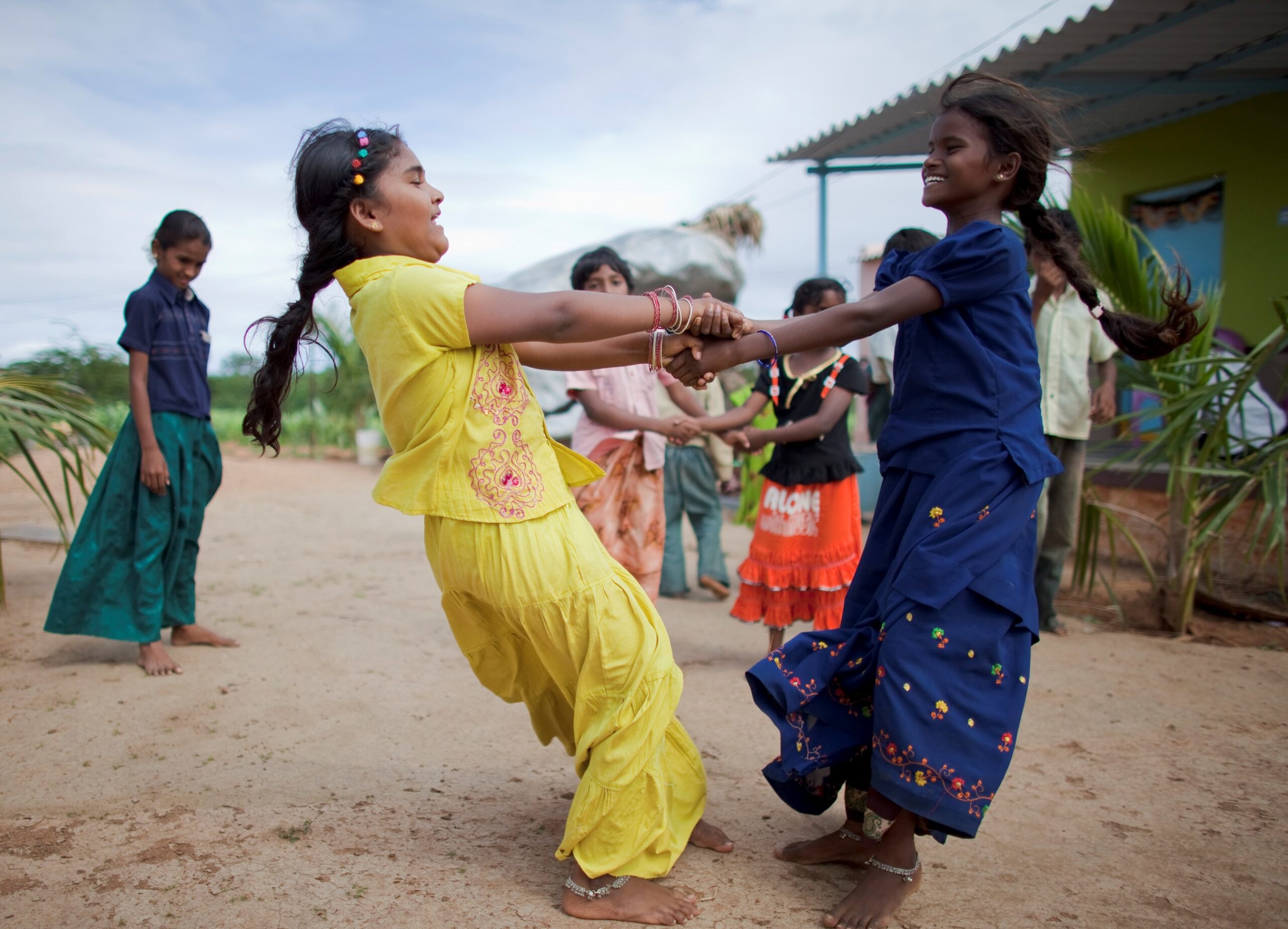
VFF USA & the SDGs: A Bastion of Hope by Suporna Chaudhuri
08/21/2023The United Nations’ Sustainable Development Goals (SDGs) comprise a mosaic of principles...
READ MORE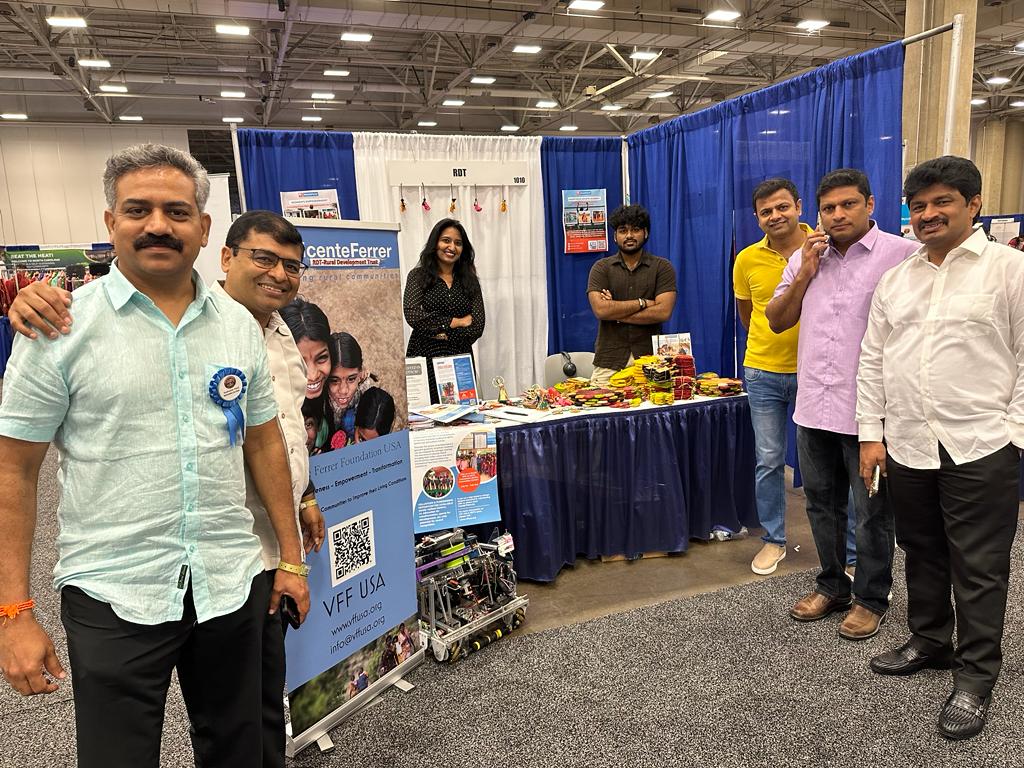
Empowering Dreams: VFF USA’s Journey at NATA Convention 2023
07/20/2023In the heart of Dallas, the NATA Convention 2023 was a lively gathering of people f...
READ MORESupport our work to help individuals and communities affected by COVID-19
Would you like to know how we use the funds?LEARN MORE
 April 18, 2020
April 18, 2020